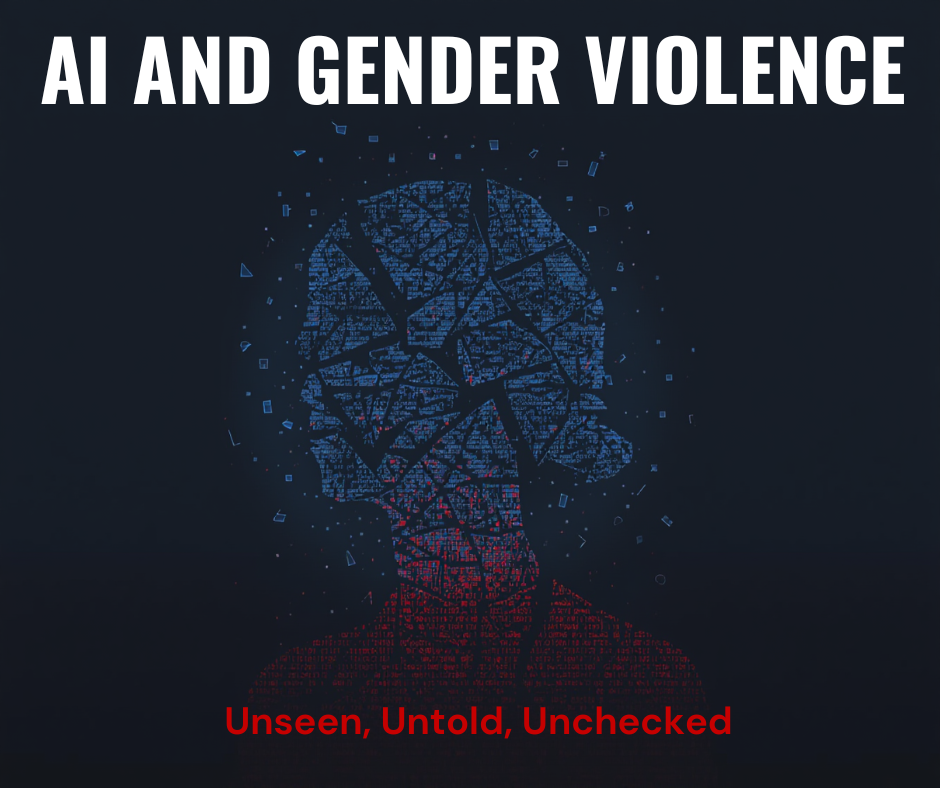The latest UNESCO Global Education Monitoring (GEM) Report revealed a striking statistic: women represent only 35 percent of graduates worldwide in Science, Technology, Engineering, and Mathematics (STEM).
Despite our ongoing efforts to promote gender equality and digital inclusion, this figure has remained unchanged and very consistent for almost a decade. This highlights the persistent and deep-rooted barriers that women continue to face in STEM even today. It encourages us to think not just about who enters these fields but also about who truly feels welcomed, supported, and included in them.
Beyond the numbers: What does 35% actually mean?
At first glance, when we look at the statistics that women only make up 35 percent of STEM graduates globally might not seem very surprising at all. But the fact that this number has not moved in years says a lot. It’s not just about access to education, but also the more subtle and everyday ways in which girls and women are steered away from science and tech. From the kinds of toys we grew up with to how confident we are made to feel in education setups, these messages start very early on. They do build up over time quietly but powerfully, making some paths seem more “natural” than others.

The latest UNESCO data shows that only 26 percent of professionals in data and AI are women. That number drops to 15 percent in engineering and just 12 percent in cloud computing. These are some of the most powerful and fast-growing fields but women still seem to be getting pushed out. Sometimes it is more visible, but more often than not, it shows up quietly, like being overlooked, feeling exhausted, or simply sensing that they don’t truly belong.
When women do and enter STEM, they often lean towards life sciences, which society tends to view as more acceptable for women. Meanwhile, areas like physics, engineering, or computer science still continue to be dominated by men. This again reveals to us what kind of field society thinks is appropriate for different genders.
The leaky pipeline and the myth of meritocracy
A common metaphor for women in STEM we see is “leaky pipeline” describing how women tend to leave the field at certain points during education, early career stages, or before important leadership roles. But calling it a “leak” risks framing these departures as accidental and not systematic.

But in truth, these barriers that women face in STEM are more persistent and structural than we realise. Many women face issues like not having mentors, unfair hiring and promotion, unequal pay, and even harassment at work or in academic spaces. These aren’t just rare events; they are ongoing problems that affect the decisions women make, the chances they get, and the direction their careers take.
The ideal worker stereotype is someone who can work long, unpredictable hours without needing breaks. But this kind of idea leaves out people who have caregiving responsibilities, especially women, in countries like India. On top of that, a lot of people still believe that success only comes from merit. But they forget that things like access to networks, confidence, and social capital also matter a lot. And all of those are often shaped by gender, which ends up playing a huge role in how someone’s career path turns out.
A 2021 report by Microsoft and Kantar found that girls’ confidence in STEM drops noticeably around the ages of 15 to 16. This usually happens because of a lack of encouragement and not having enough role models to look up to. It’s a small but crucial turning point in the pipeline we’ve been talking about—and it shows how much socialisation shapes the kind of careers people feel they can imagine for themselves.
What happens in India? Contextualising the global statistics
India has one of the highest shares of women that graduate in STEM globally, which is around 43 percent. But also, this number sharply drops in the workforce, where women only make up 14 percent of scientists, engineers, and technologists. There are several studies which point to structural and career barriers that begin early and persist to shape a woman’s career throughout.

For example, a report by IWWAGE explains that women sometimes leave their jobs because they don’t get enough guidance, face strict work rules, and have fewer chances to become leaders. Another study by the Observer Research Foundation (ORF) says this isn’t just about women slowly dropping out but shows a deeper problem of exclusion caused by patriarchal thinking and unfair treatment at work. When they enter STEM fields, they often have to confront expectations around caregiving and emotional labour, which makes working inflexible hours incompatible with this reality.
Another study published by SAGE Journals explains women are socialised into roles that are seen as communal, while some fields are viewed as competitive and masculine. This tends to create a very subtle but also very powerful mismatch between identity and profession. These findings together show that it’s not enough for women to enter STEM. What we need is a long-term change in how we have designed workspaces, support careers, and redefine success.
STEM, power, and whose knowledge counts
STEM is not only about technical skills, but it is also about who gets to shape the future and whose experiences ultimately end up mattering. The lack of diversity we see in STEM not only impacts our workplace culture but also has actual and real-life consequences.
For instance, studies have shown that facial recognition systems are often less accurate at identification of women and people of colour. This is not just a technical error but it also highlights the lack of diverse voices in the teams that design these technologies that we end up using in our real lives.
Another example of this would be how medical research has focused mainly on male bodies for a long time while ignoring female anatomy. As a result, many conditions that women face have historically been misdiagnosed or overlooked, which has again caused health issues for many women. A feminist approach to STEM would mean paying attention to power, representation, and inclusion.
Reimagining STEM: From survival to joy
If we were to have an inclusive approach to STEM, it would not just be about getting more women into labs or tech companies. It would be about changing what these spaces look and feel like for women. For too long, the culture has expected society to have women adapt and to survive in the systems that ultimately end up excluding them and their experiences. But what if the goal was joy and not just endurance?
This not only means more supportive policies, flexible workplaces and mentorship, but also spaces where women can fully be themselves. A space where curiosity is nurtured, failure is not punished, and diverse voices actually matter and share the work that is being done.
As Angela Saini writes in Inferior, it’s not that women aren’t interested in science, but it is that science hasn’t always been interested in women. It’s time we changed that.
Building real change: Insights from UNESCO and catalyst
The 2025 UNESCO report highlights what truly needs to change to make STEM inclusive for everyone. It is not just enough to increase numbers, and we must take real measures to make STEM feel more inclusive for women. For instance, workplaces must offer more flexible hours to accommodate different lives, which is often essential for women who have to balance multiple roles. Offering inclusive teaching practices is also talked about so that young girls don’t feel excluded from the very start. Besides, we must also incorporate long-term mentorship for sustainable careers.

Meanwhile, the 2024 Catalyst report highlights that creating an inclusive and supportive environment is key to keeping women in STEM. We must focus on fair hiring, meaningful mentorship, and spaces where women feel safe and respected. The stories shared by women in the field just show how powerful support and inclusive leadership can be.
This helps build confidence and skills that often seem to be missing. These are not just small fixes but the very foundation of an inclusive STEM culture that supports not only a few, but everyone
The 35 percent is not just about women missing from STEM, but it is also about what STEM misses when women and diverse voices are absent. Inclusive teams not only ask better questions, develop more equitable technologies, and contribute to innovation that serves broader society, but also help redefine what excellence, progress, and leadership can look like.
About the author(s)
Juhi Sanduja is an Editorial Intern at Feminism In India (FII). She is passionate about intersectional feminism, with a keen interest in documenting resistance, feminist histories, and questions of identity. She previously interned at the Centre of Policy Research and Governance (CPRG), Delhi, as a Research Intern. Currently studying English Literature and French, she is particularly interested in how feminist thought can inform public policy and drive social change.





